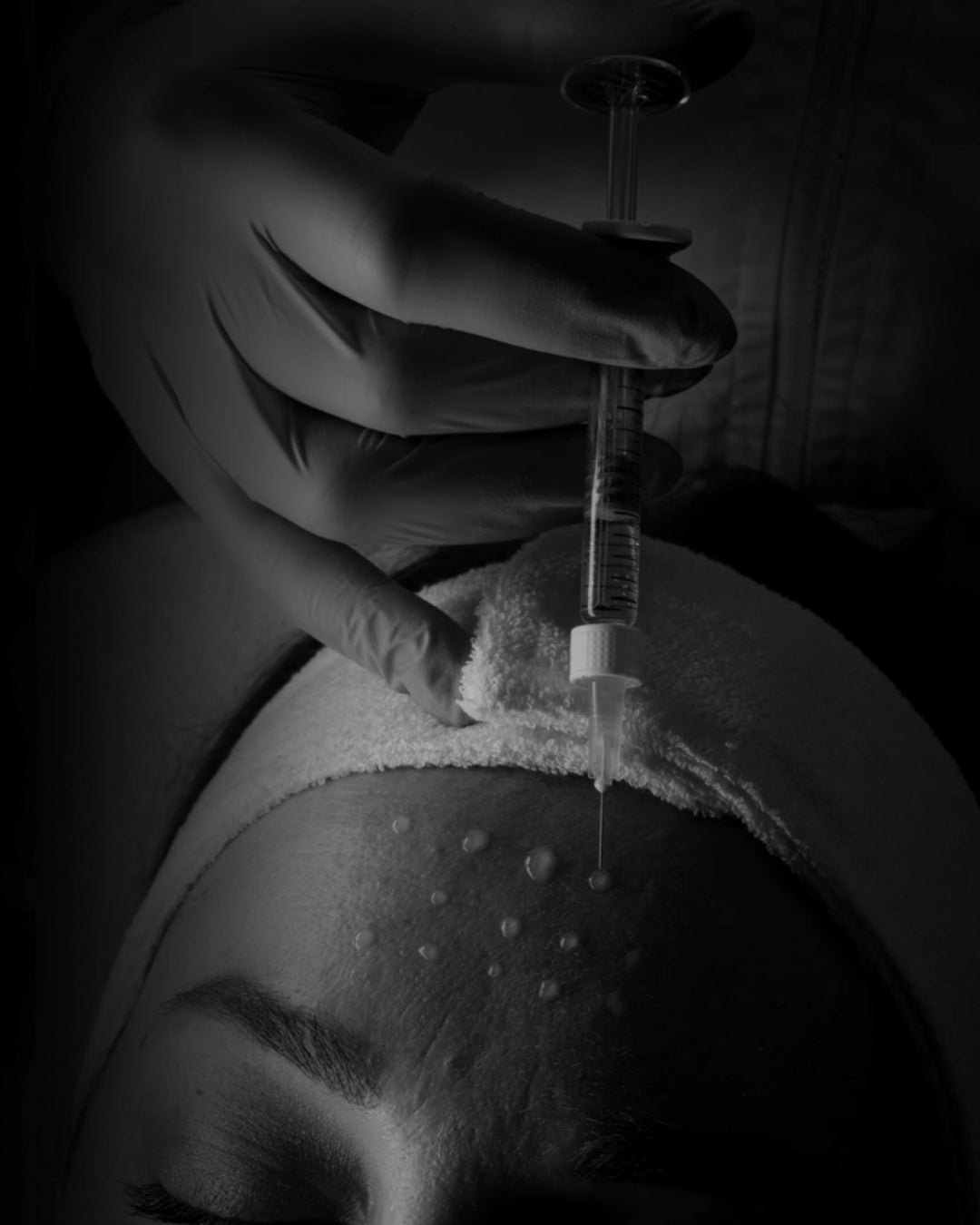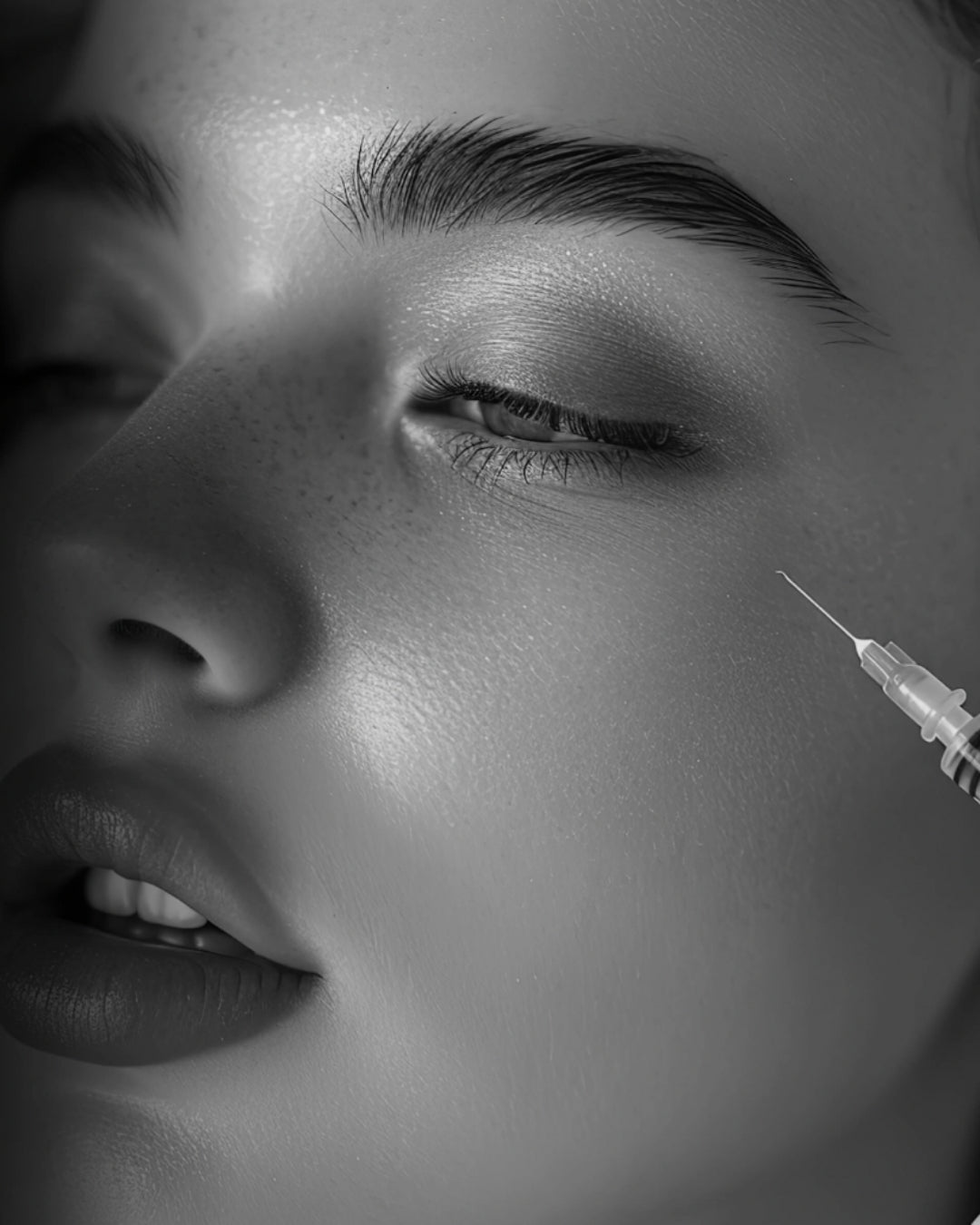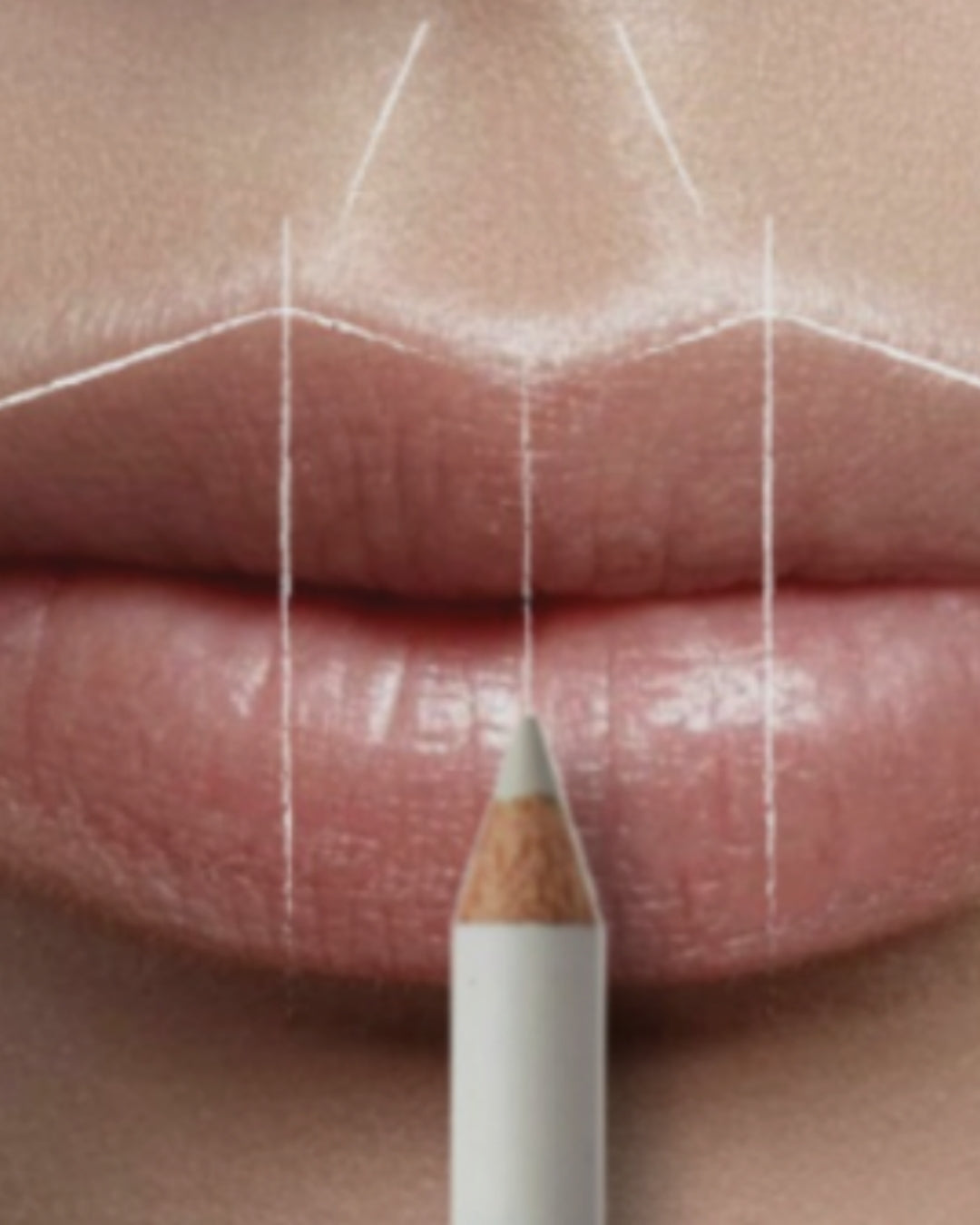The Next Wave Beyond Fillers
Patients today aren’t just seeking volume, they want skin quality: hydration, collagen stimulation, tissue repair, and long-term glow. After all, healthy skin is truly beautiful skin. That's where growth-factor therapies like PDGF, PRP, PRF, and PRF EZ Gel shine. But before diving in, let’s talk safety, legality, and clinical nuance.
1. PDGF (Platelet‑Derived Growth Factor)
What it is:
PDGF is a potent growth factor long used in wound healing and tissue regeneration. A recombinant form, such as Ariessence Pure PDGF+, is often used topically or post-procedure to enhance collagen production and expedite recovery (JDV Med Spa, Allure Aesthetics).
FDA Status:
While PDGF has FDA approval in orthopedics, dental surgery, and wound repair, using it for aesthetic facial injections is off-label. Topical applications are on-label, but injectables remain non-approved and must be approached with caution (Glow Medispa, Elevated Aesthetics).
Why injectors love it:
With a consistent, lab-controlled concentration, PDGF+ eliminates patient variability and delivers predictability—unlike PRP. It dramatically accelerates microneedling recovery and enhances collagen and elastin synthesis (The Refinery Skin Clinic).
2. PRP (Platelet‑Rich Plasma)
What it is:
PRP is derived from the patient's own blood, spun to concentrate platelets that release growth factors like PDGF, TGF-β, VEGF, and others when re-injected (contourcollection.com).
FDA Status:
The devices used to produce PRP are FDA-cleared, but the treatment itself remains investigational for most aesthetic indications. There’s no formal FDA approval for aesthetic use, making much of its application off-label (Johns Hopkins Medicine).
Efficacy:
PRP is widely used for hair stimulation, under-eye rejuvenation, texture improvement, and post-procedure healing. Outcomes vary, however, due to inherent variability in patient biology and preparation (Byrdie, Wikipedia).
3. PRF (Platelet‑Rich Fibrin)
What it is:
An evolution of PRP, PRF is spun slower without anticoagulants. It retains white blood cells, fibrin, and platelets in a gel-like matrix that gradually releases growth factors and cellular activity (Wikipedia).
FDA Status and Safety:
The FDA has not approved PRF for aesthetic purposes including injectables. Its use in cosmetic procedures is off-label, and regulators have raised concerns about contamination risks and lack of standardized processing (Allure).
What clinicians say:
Some early studies show promise, especially for acne scars and skin texture but many experts remain skeptical. Potential downsides include inflammation, scarring, inconsistent results, and the need for multiple sessions (Allure).
4. PRF EZ Gel
What it is:
PRF EZ Gel™, trademarked by CosmoFrance, is an advanced formulation of PRF (Platelet-Rich Fibrin). This innovation transforms autologous PRF into a smooth, gel-like consistency that is easier to inject and offers a slower, sustained release of growth factors. Used most often as an alternative to under eye filler, the goal is to enhance skin rejuvenation and volume restoration using the patient’s own biology. A more user-friendly form of PRF. Blood is drawn, centrifuged, and produced into a gel that can be injected for smoother application and extended release of growth factors (JDV Med Spa).
FDA & Regulation:
Like PRF, PRF EZ Gel lacks FDA approval for aesthetic use. It's an autologous product (from the patient’s own blood), but its cosmetic use remains off-label and should be carefully regulated. There has also been some skepticism that EZ gel is just a scam and that the tubes used do not yield enough growth factors, and even if they did, heating them up to create the gel essentially denatures/kills them so what you end up injecting is an inert substance that your body will absorb in a few weeks and as a result has minimal benefits as an aesthetic procedure.
Applications & Benefits:
-
Natural & autologous—minimal risk of allergic reaction
-
Sustained growth factor release—for collagen and tissue regeneration
- Versatile areas—face, lips, under eyes, neck
- Low downtime—patients appreciate the minimal adverse effects (JDV Med Spa).
5. Practice Considerations & State Laws
-
Always check state regulations—autologous injections can be restricted depending on lab licensing and provider scope.
- Informed consent is critical—patients must understand that aesthetic use is off-label.
- Quality control matters—without standardization, PRP/PRF results and safety can differ drastically.
- Understand patient expectations—these therapies rarely replace filler effects but shine as regenerative tools.
Key Takeaways for Injectors
-
Always verify the legal and regulatory status in your state.
-
Use clear patient consent and manage expectations—these aren’t “natural fillers.”
- Combine growth-factor therapies with proven modalities like microneedling, skin boosters, or biostimulators for best results.
- Document outcomes and contribute to emerging evidence—your data helps push aesthetic medicine forward.






